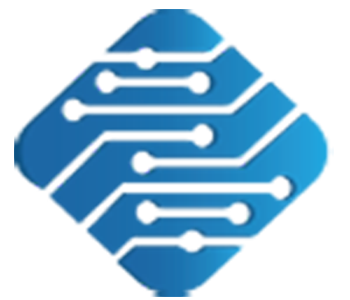-
 FAQS
FAQS
- How do I choose between SaaS and on-premise?
The first step to answering this question is to determine the complexity of your business. We typically recommend SaaS to small and medium size businesses with fairly straight forward business processes that are looking to reduce upfront expenses. SaaS solutions are cost effective for a small scale operation however handling the complex requirements of large enterprise businesses is often not possible with SaaS. A legacy on-premise solution is ideal for businesses that are established and don’t foresee any changes in many years to come. SaaS provides the flexibility that most corporations need to be competitive.
- Who owns my data?
A lot of buyers fear that SaaS vendors “own” their data. In fact our customers have complete ownership of their data. We guarantee that you own your data. We will let you export your data and back it up locally any time you want.
- Is my data safe?
This is one of the biggest sticking points for companies that are considering SaaS. Security is an important consideration when allowing someone else to maintain your business-critical data, especially for companies with large data sets. However, with online banking and online payroll systems becoming the norm today, the security issue seems to be a bit of a red herring. Few things are more important than our bank accounts, yet most of us are comfortable with putting this information in the cloud. Data security is independent of whether the server is sitting right next to you or in a different city. Apples to apples, SaaS vendors are actually able to invest much more in security, backups and maintenance than any small to medium enterprise. For this reason, a web-based system typically has more security measures in place than an on-premise system. Furthermore, most SaaS vendors undergo stringent security procedures of audits that test the data center’s level of security. And chances are an individual IT department within may not hold themselves to the same standards.
- What are the internet/ operating system (OS) limitations?
The primary downside of SaaS is that it relies on a good Internet connection. You’ll know better than anyone how this will affect you. How’s your Internet? While many believe on-premise systems to be more reliable, no system is fully immune to downtime. On-premise software is subject to electrical outages, hardware failures and a range of other risks. As a safeguard, some of our SaaS platforms have “offline” functionality that allows our customers to keep working in the event that Internet does go down. Once a solid connection is available again, all the data is synced to the system. Beyond the Internet connection, some are worried about OS compatibility. All our platforms are compatible with any OS and all web browsers.
- What’s a private cloud?
A private cloud takes all of the infrastructure technology that runs a public cloud and stores it on-premise. Users achieve the same functionality and ability to access their data through a web browser. However, instead of sharing the computing power with the general public, the computing power is shared among users at one company. Contrary to the public cloud model, a private cloud requires an IT department to perform maintenance and upkeep. A private cloud is really only a viable option for large enterprises that can invest in the infrastructure required to develop and maintain a cloud environment. With private clouds, it takes a large scale to generate a return on investment from this level of technology purchase. For large enterprises that don’t want to put their information in a publicly accessed cloud, it is an attractive option.
While these questions by no means cover all things SaaS, they are the ones buyers most want to know. So, if you’ve got a burning question that needs to be answered, contact us today. We’ll do our best to answer your question by the next business day.
 jNext Technology
jNext Technology